Formed approximately 4.5 billion years ago, Mars probably has captivated humans since the 1800s when telescopes revealed its intriguing surface for the first time.
More info:Science Advances
New analysis of Martian meteorites is important for understanding not only how Mars formed and evolved, but also for providing precise data that can help recent NASA missions
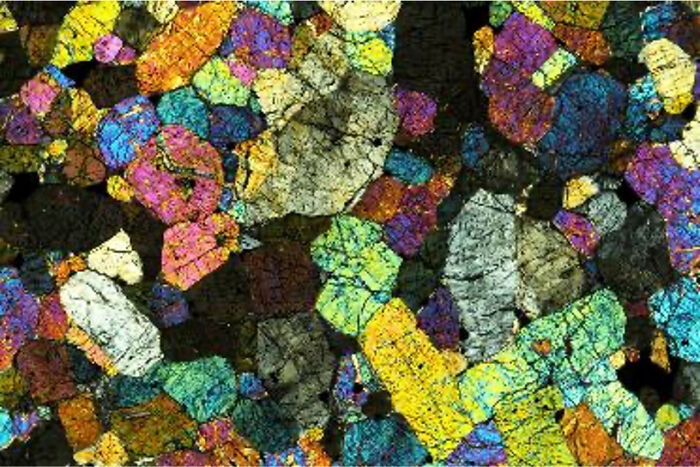
Image credits:Scripps Institution of Oceanography
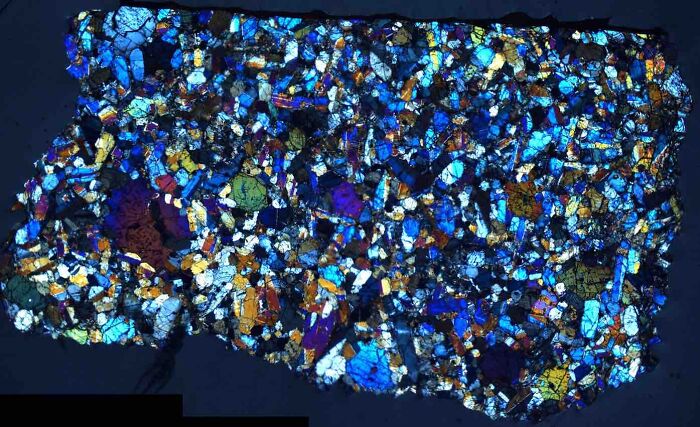
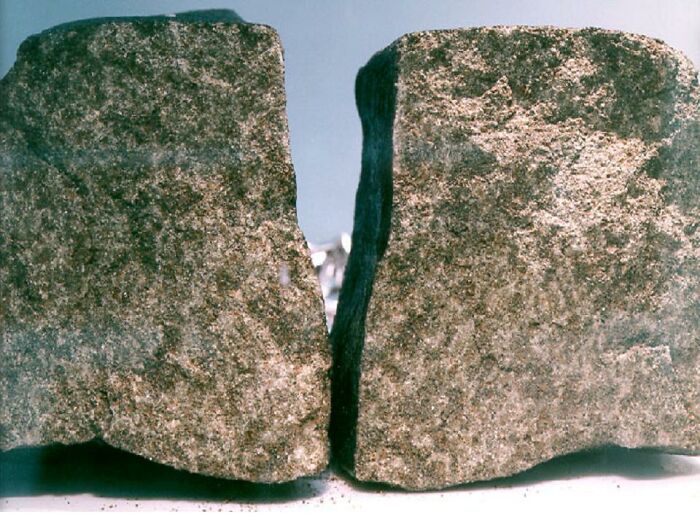
Image credits:NASA
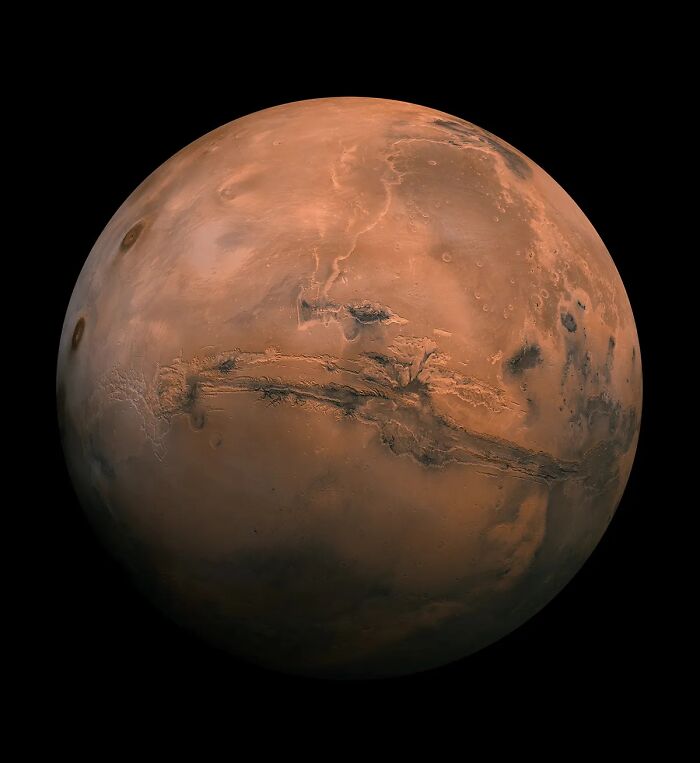
The results are crucial not only for a better understanding of how Mars formed and evolved, but also for providing precise and veryimportant datathat could affect recentNASA missionslike Insight and Perseverance and the Mars Sample Return.
“Martian meteorites are the only physical materials we have available from Mars. They enable us to make precise and accurate measurements and then quantify processes that occurred within Mars and close to the martian surface. They provide direct information on Mars’ composition that can ground truth mission science, like the ongoing Perseverance rover operations taking place there,” shared Scripps Oceanography geologist and study lead James Day.
The scientific team used meteorite samples, known as nakhlites and chassignites, that all had the same volcanic source. Such meteorites were discovered for the first time in 1815 in Chassigny, France and then, in 1905, in Nakhla, Egypt. Later on they were found in more locations, for instance Mauritania and Antarctica.
The Martian meteorites were traditionally divided into three main groups: called the shergottites, nakhlites, and chassignites
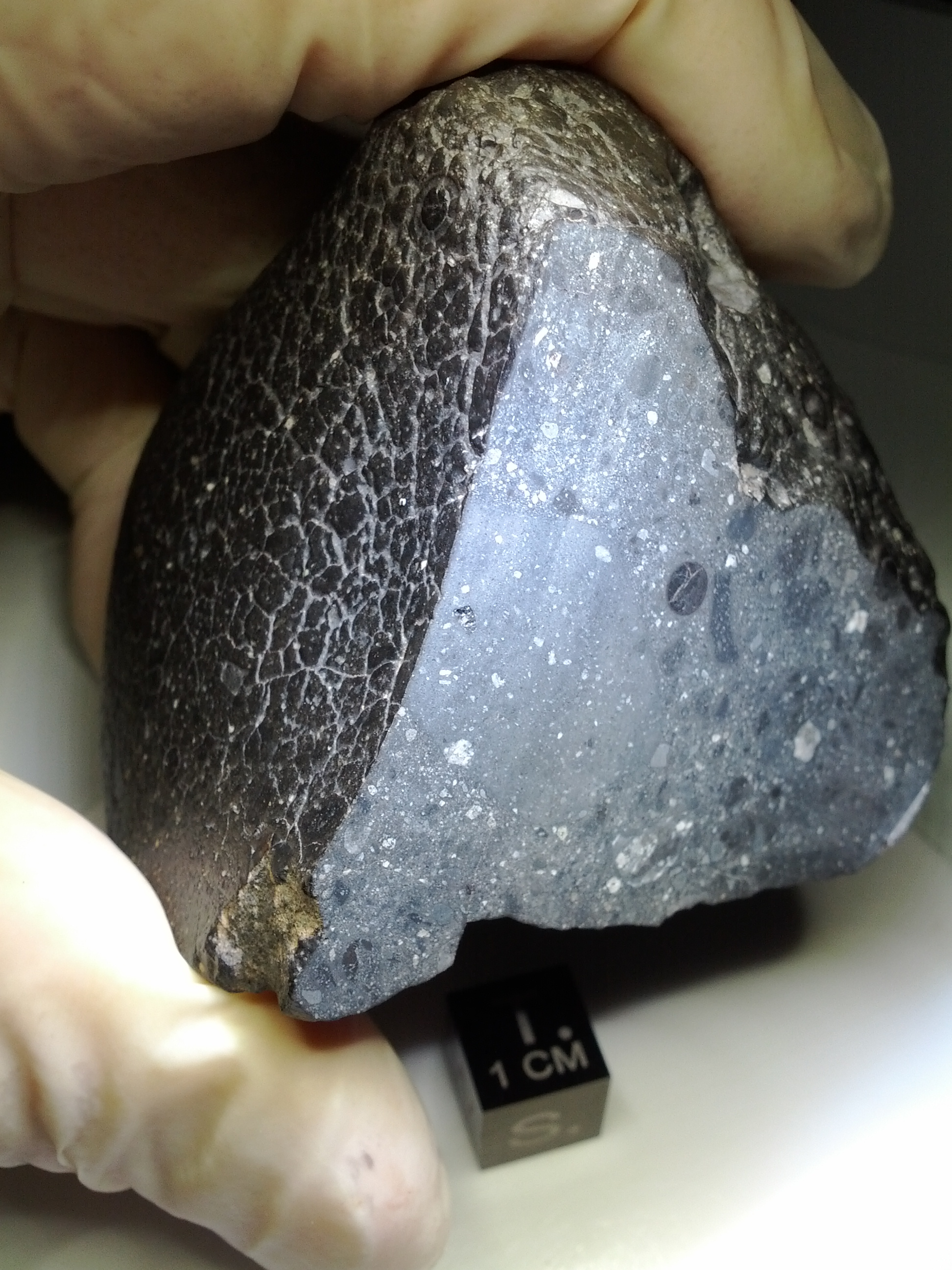
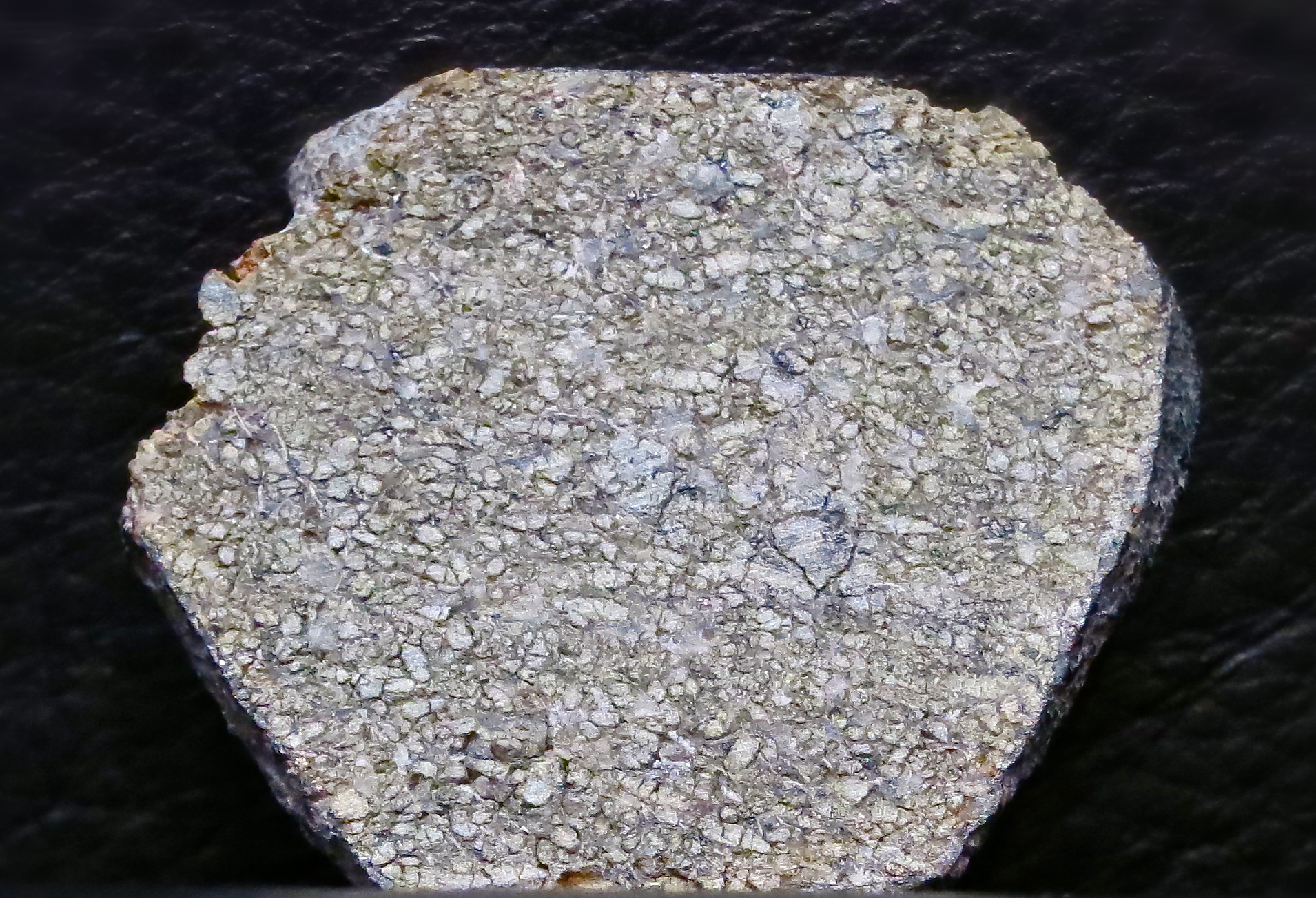
Image credits:Steve Jurvetson
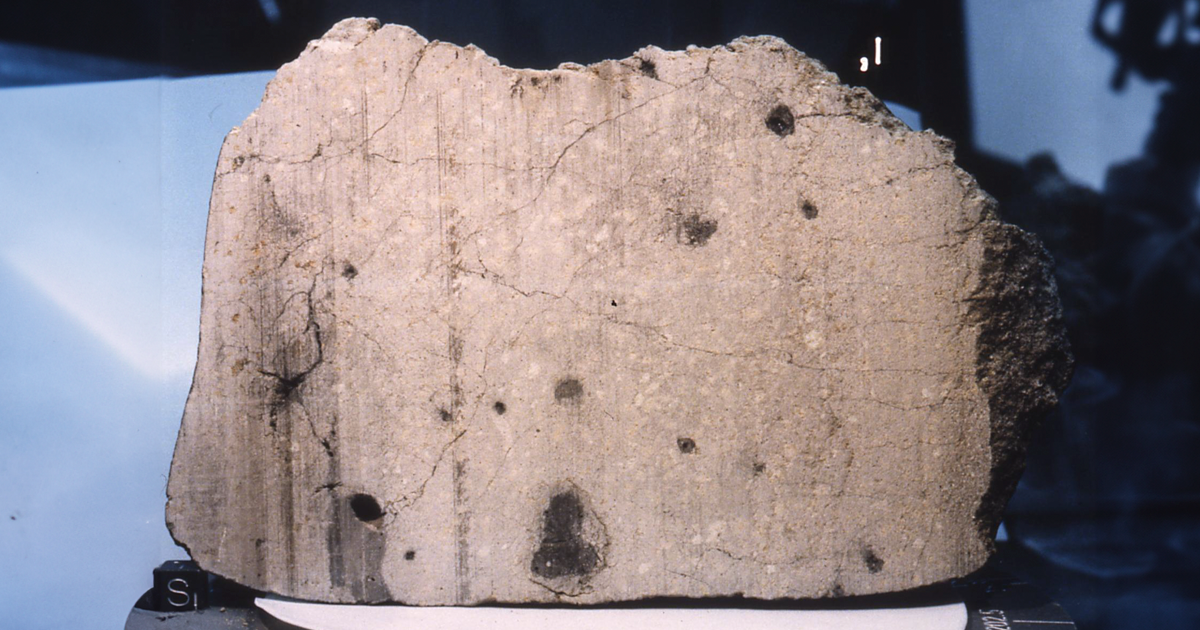
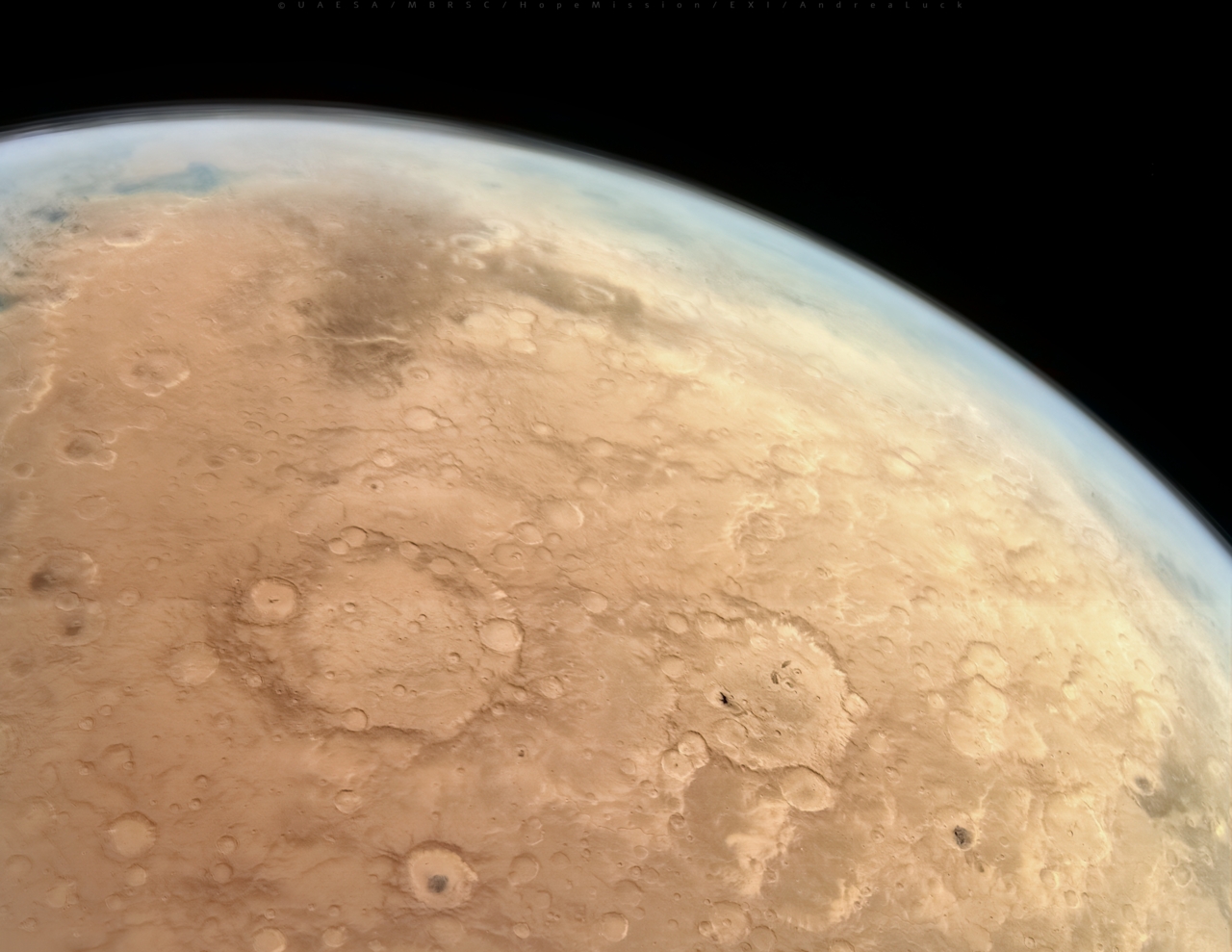
Image credits:Andrea Luck
The distinctive chemical characteristics of nakhlites and chassignites, as well as the characteristic compositions of other collected martian meteorites, revealed the nature of Mars’ mantle and crust.
“What’sremarkableis that Mars’ volcanism has incredible similarities, but also differences, to Earth. On the one hand, nakhlites and chassignites formed in similar ways to recent volcanism in places like Oahu in Hawaii. There, newly formed volcanoes press down on the mantle generating tectonic forces that produce further volcanism. On the other hand, the reservoirs in Mars are extremely ancient, separating from one another shortly after the Red planet formed. On Earth, plate tectonics has helped to remix reservoirs back together over time. In this sense, Mars provides an important link between what the early Earth may have looked like from how it looks today,” Day shared the scientific insights.
When a meteorite smashed into Mars 11 million years ago, pieces of the Red Planet hurtled into space and some of them landed on Earth
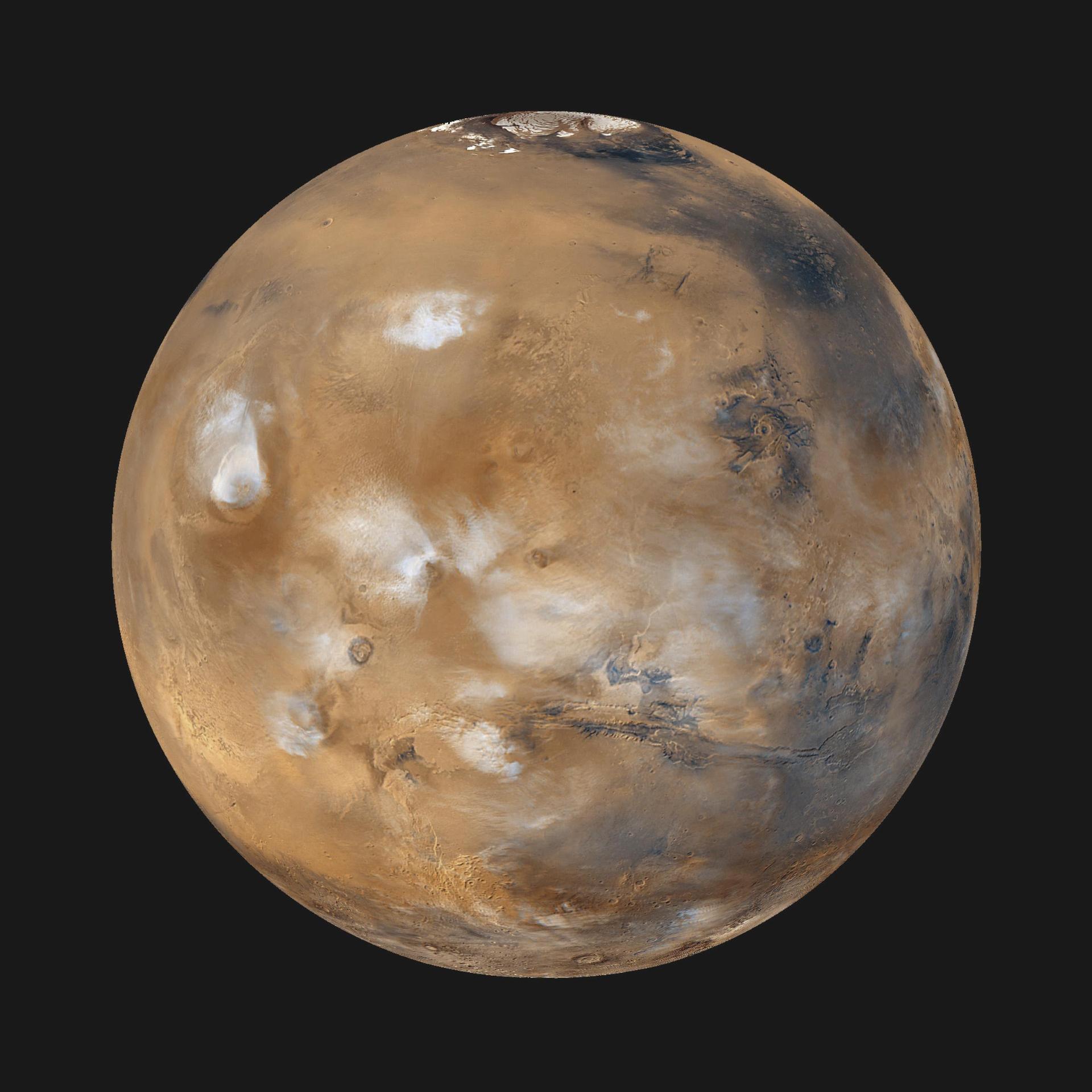
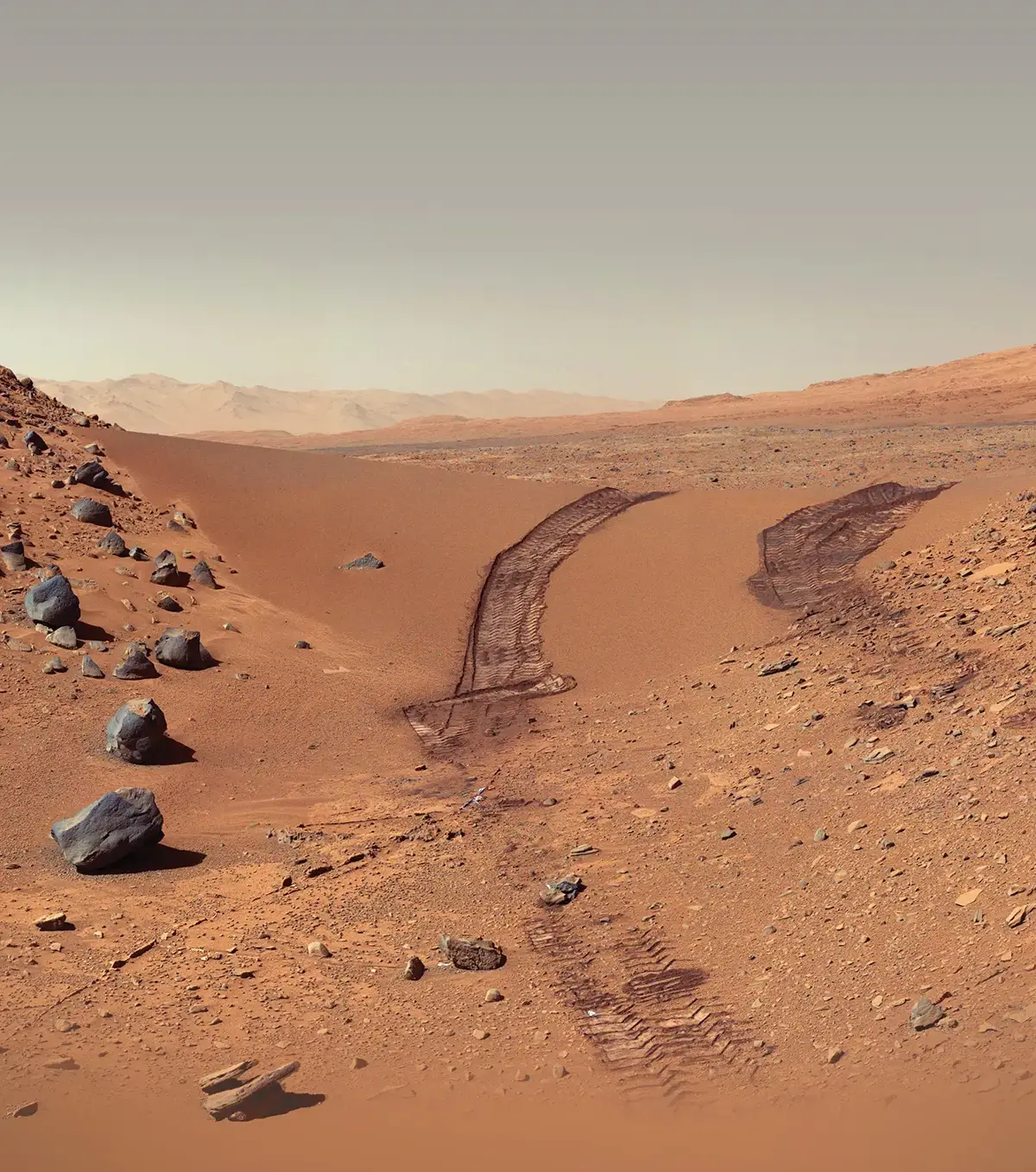

Image credits:ESA
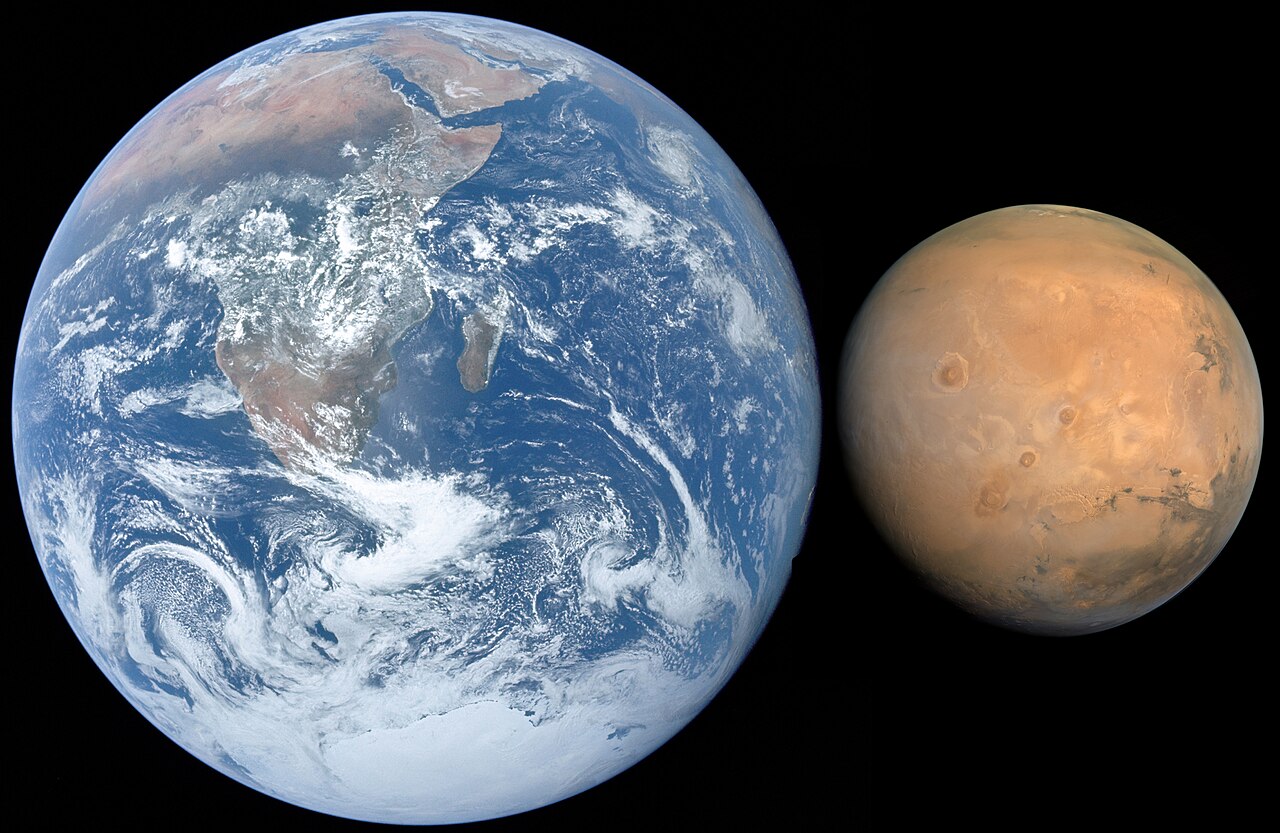
Just half of our planet’s size,with gravityonly 38 percent that of Earth’s, Mars hides the largest volcanoes in thesolarsystem, and one of the largest canyons yet discovered.




Thanks! Check out the results:
Science & Technology